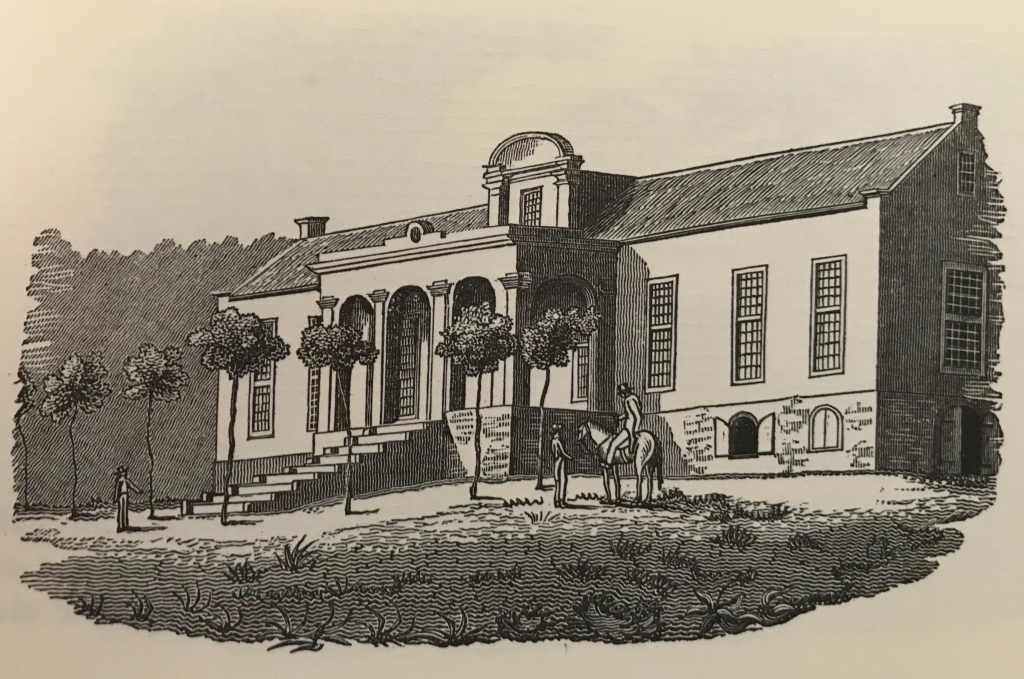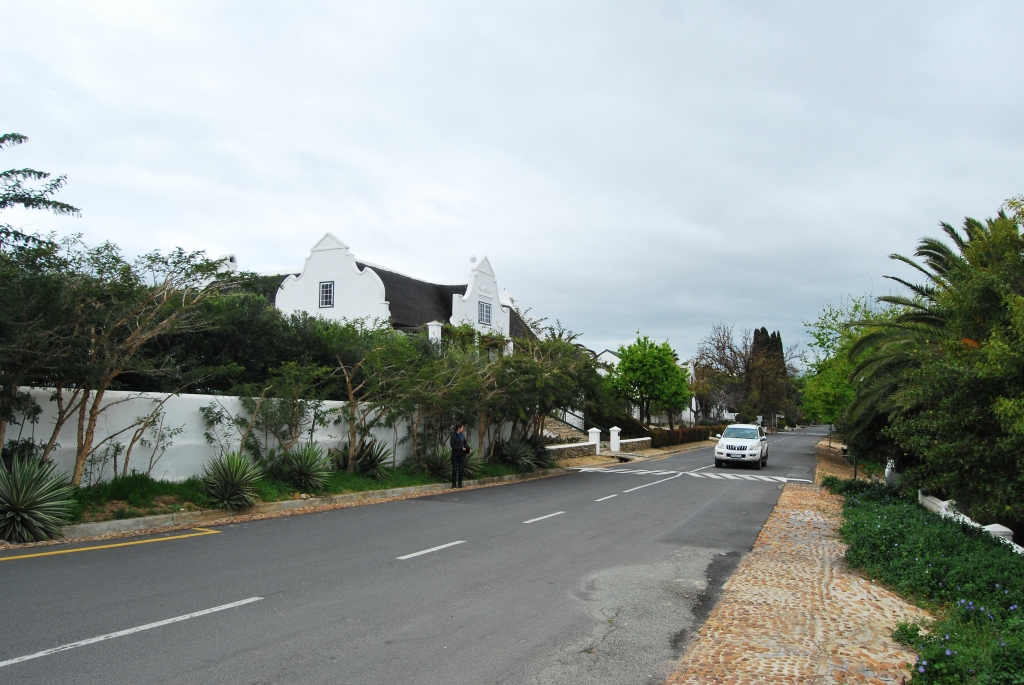In light of the upcoming Heritage Day in South Africa (September 24th), I decided to celebrate an element of our heritage that I find interesting, namely the excursions and encounters of some of the early British explorers. In the early 1800s the British were interested in expanding their influence around the world, including in Southern Africa, and a part of this endeavor was sending naturalists and explorers to collect information on the land, it’s people as well as on the local animals and plants. William John Burchell was one of these naturalists who has gripped my attention because of his fascinating character and because his exploration, discoveries, plant and animal collections and field notes have increased the knowledge of subsequent generations.

Burchell travelled to South Africa in 1810, arriving in the Cape of Good Hope in November 1810, and spent the next three years exploring the Cape, the broader Colony and the land beyond the borders of the area colonised by people of European descent at the time. His travels were undertaken for the purpose of “acquiring knowledge” of Southern Africa, including the local flora and fauna, as well as suitable areas to settle. In years following his time in Southern Africa, Burchell published a very detailed account of his travels in two volumes of his famous journal, Travels in the Interior of Southern Africa (see the title page above). I have read both volumes and found them highly engaging; full of fascinating details about life in Southern Africa at the time. For example, Burchell’s notes describe some of the plant species that he came across, including several species that were unknown to European naturalists at the time:

In addition to the extensive notes on natural history contained within the journal, Burchell also published a map and made hundreds of sketches. Some of these sketches were published in the journal in the form of woodcut vignettes, adorning the headings or end of the chapters. Now, before embarking on the long expedition throughout Southern Africa, Burchell explored the Cape region in a few local trips. Two of the vignettes in his Travels depict scenes from a short journey that Burchell undertook to Tulbagh, a small farming town located about 120 km from Cape Town (see map). I was intrigued to figure out whether I could reproduce some of the scenes, so I undertook a similar journey (not in an ox-wagon) to see what I could find.

Two of the scenes from Tulbagh depict the Drostdy and the main street in the Village. About the former Burchell wrote: “At a distance of half an hour’s walk northwards from the village is the Drostdy. This is a large and handsome stuccoed building, ornamented in front with a portico of three arches, to which the ascent is by a flight of steps. It contains several large and lofty rooms, together with a spacious council-room in which public meetings and the sittings of the judges at the annual circuit are held.”


I managed to place myself in almost the precise location that Burchell must have stood, although the trees have grown a bit since he drew it! In addition to the ravages of time, the Drostdy has survived a fire (in 1938) and an earthquake (in 1969). Part of the building has been restored, although I am not certain which bits are the original…so the restorer has done an impressive job.
The village scene was slightly more difficult to pinpoint, although still not terribly difficult because Burchell’s notes made it clear where he stood: “The village, as viewed from the parsonage-house, and looking southward.” A couple of things have changed in the intervening 210 years: The “row of young oaks along the street” have become much older and taller, obscuring the “mountains in the distance” (which Burchell referred to as the Roodezands Kloof, but I think they are the Witzenberg mountains?), and the mode of transport has also advanced. But nevertheless it is remarkable how little time seems to have changed the village:


I quite enjoyed stepping back in time, and found it quite engaging to place myself in the footsteps of Burchell. Doing so seems an appropriate way for me to celebrate my South African heritage, although the British explorers are, of course, only a small part of the wonderful, rich cultural heritage of the people of this great country.
fine article and way to celebrate the rich heritage of the complex land we call home. Tulbach has survived by being on the fringe of things – lucky and lovely to behold.
LikeLike